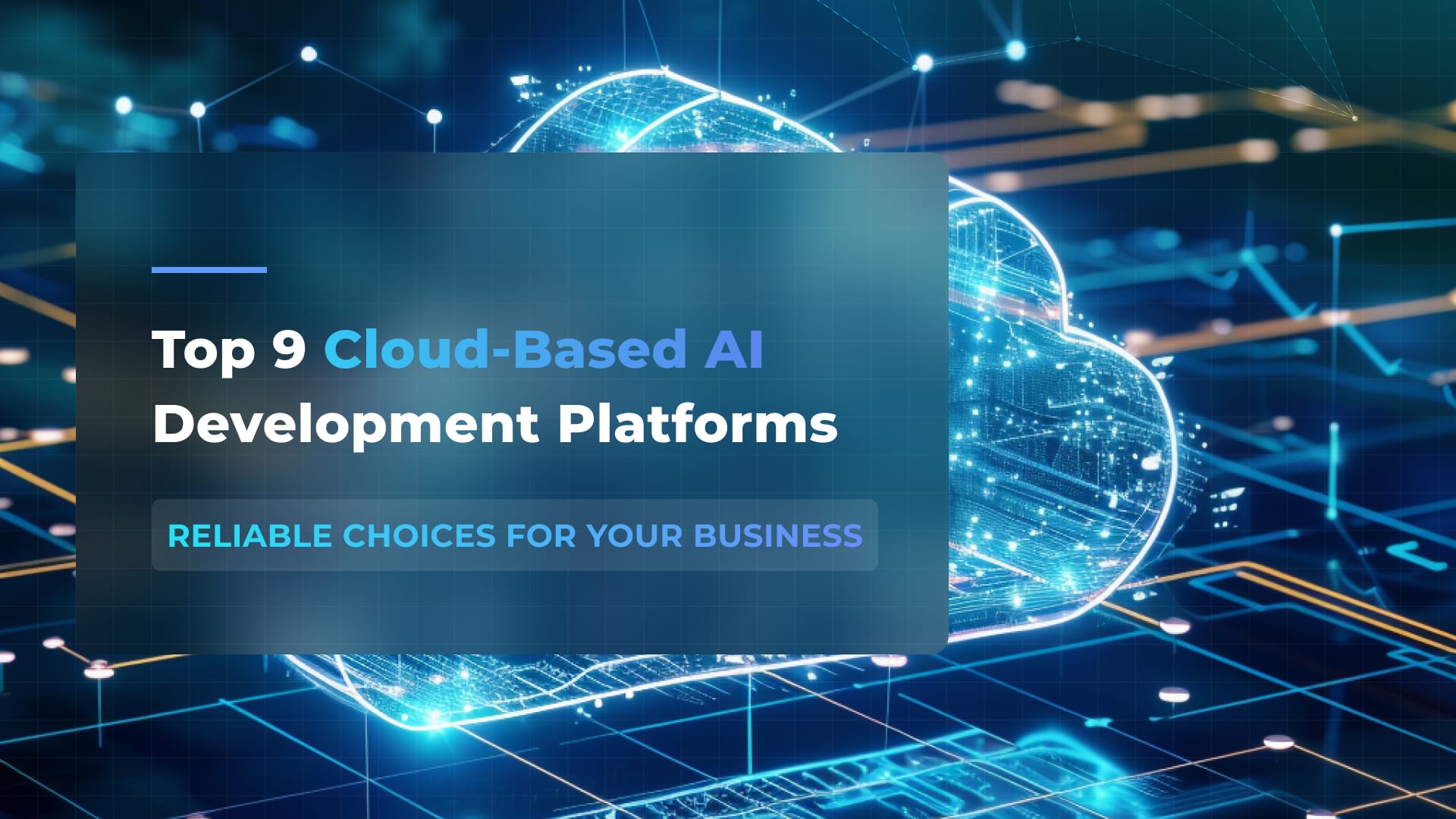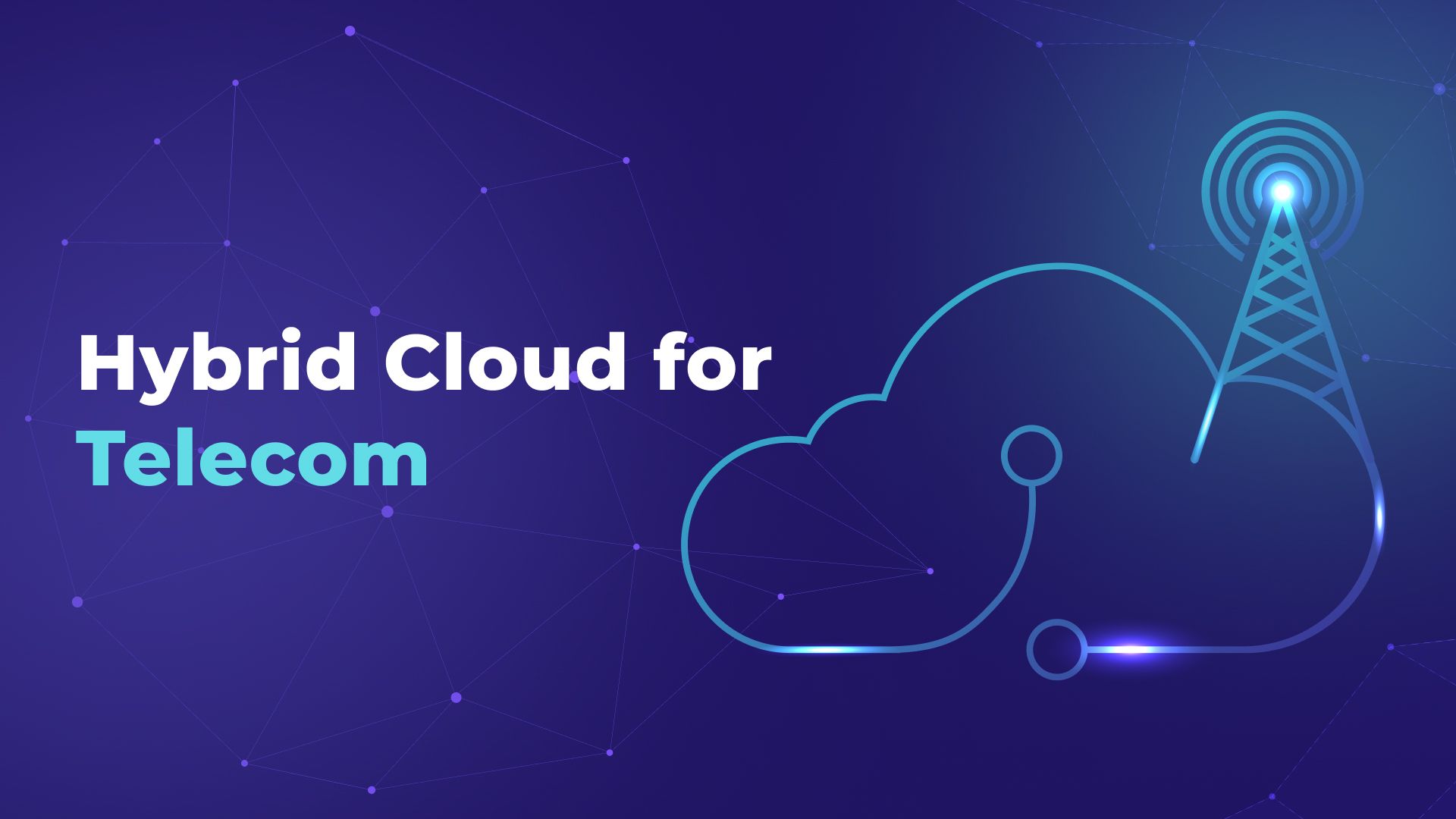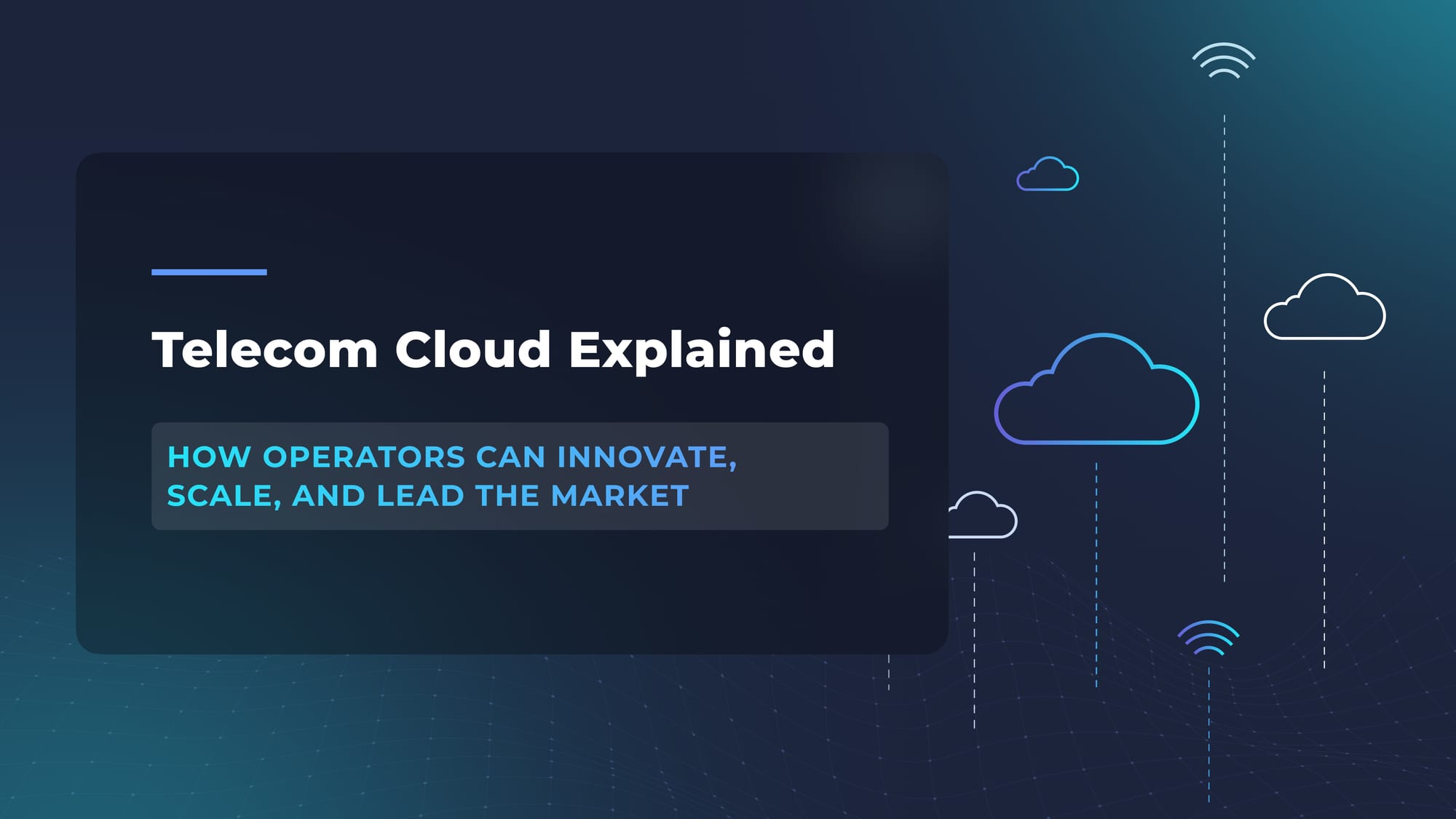IoT Roaming: How MNOs Can Capitalize on the Growing Market Beyond Retail
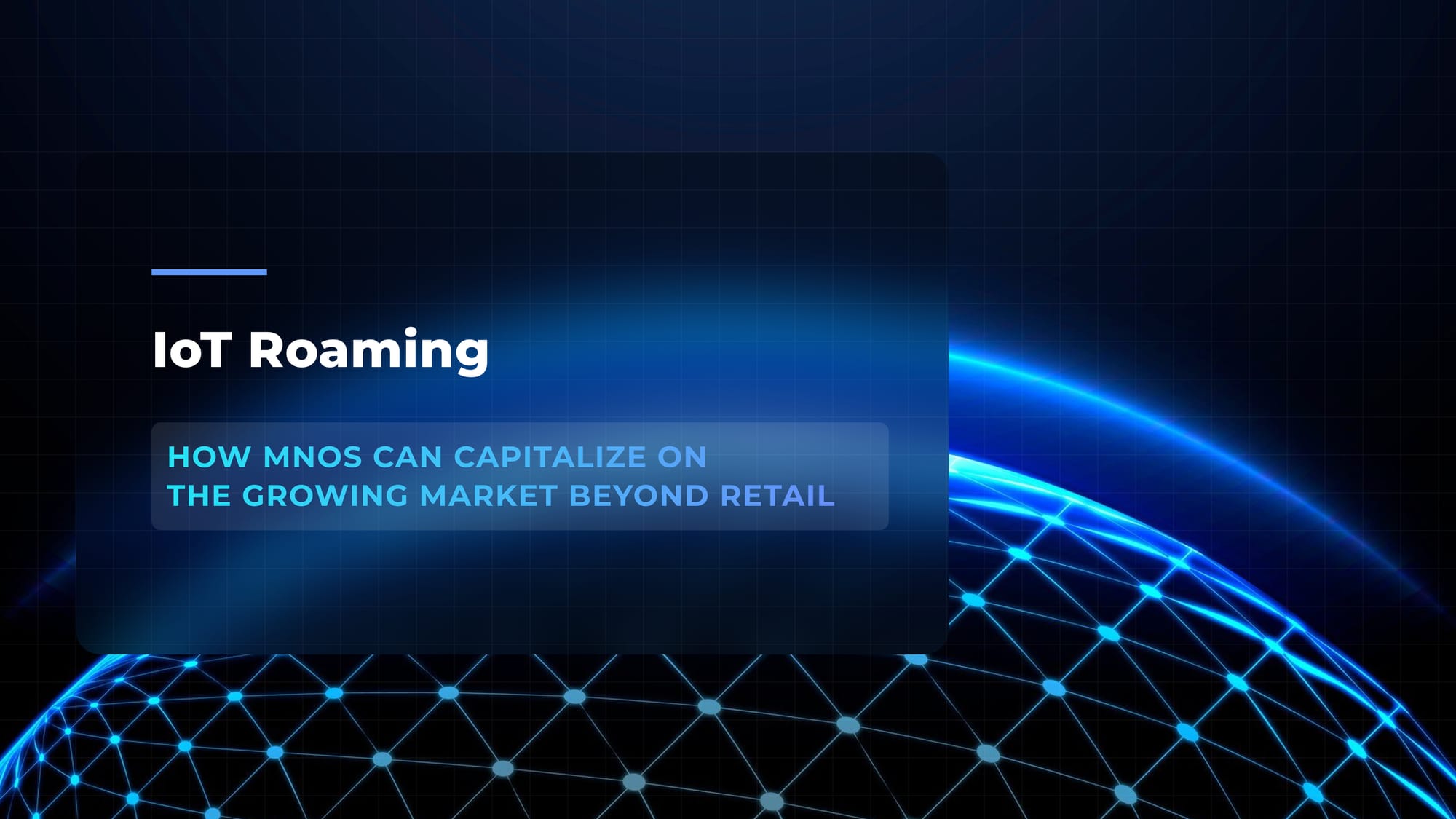
About 10 years ago, whenever I traveled in Europe, I always ended up paying extra for roaming. And it wasn’t just me — every traveler faced these additional charges, which significantly boosted earnings for Mobile Network Operators (MNOs). Whether it was checking emails, using maps, or simply staying connected with family, these charges quickly added up.
However, in recent years, returns from roaming have taken a serious hit, at least in the EU countries.
On June 15, 2017, the European Union introduced the “Roam Like at Home” (RLAH) regulation which allows EU citizens to use their mobile phones for calls, texts, and data while traveling in other EU countries without incurring additional mobile phone roaming charges. Consequently, traffic volumes expanded, but it did not result in higher revenue returns for MNOs.
The situation got worse once the COVID-19 pandemic hit. Travel restrictions led to a decline in the number of mobile roaming subscribers, dropping from 894 million in 2019, to 243 million in 2020. And guess what? It caused a further loss in roaming revenue.
Today, when the borders are open again, the total number of roaming subscribers is predicted to reach 752 million in 2024, but it is still lower than in pre-pandemic times. So, how should a typical mobile network operator compensate for this revenue shortfall and foster growth?
Below, we will look closer at the potential opportunities that could help MNOs find new revenue streams and stay competitive in the global telecom industry.
From cloud migration to telecom-specific AI solutions, we have delivered over 20 projects that are used by hundreds of MNOs and telecom companies worldwide. Check our capabilities and let’s discuss your next solution.
See our servicesNew opportunities in the IoT roaming market
Statista forecasts mobile IoT devices to double from 15.9 billion in 2023 to more than 32.1 billion in 2030. This rise opens new opportunities for telecom companies to develop and monetize roaming IoT services across sectors like automotive, healthcare, and industry 4.0. Exactly these verticals were defined by Comarch Research as the key partners of MNOs in the monetization of Network as a Service (NaaS).
We're about to witness a huge connectivity revolution. Juniper Research predicts that roaming connections will soar by 350% in the next five years, thanks to the explosion of IoT devices and the rollout of 5G networks. With the number of IoT devices growing, the amount of data they generate and the complexity of managing that data are skyrocketing along with the number of financial transactions. This presents both a challenge and an opportunity for financial clearing houses.
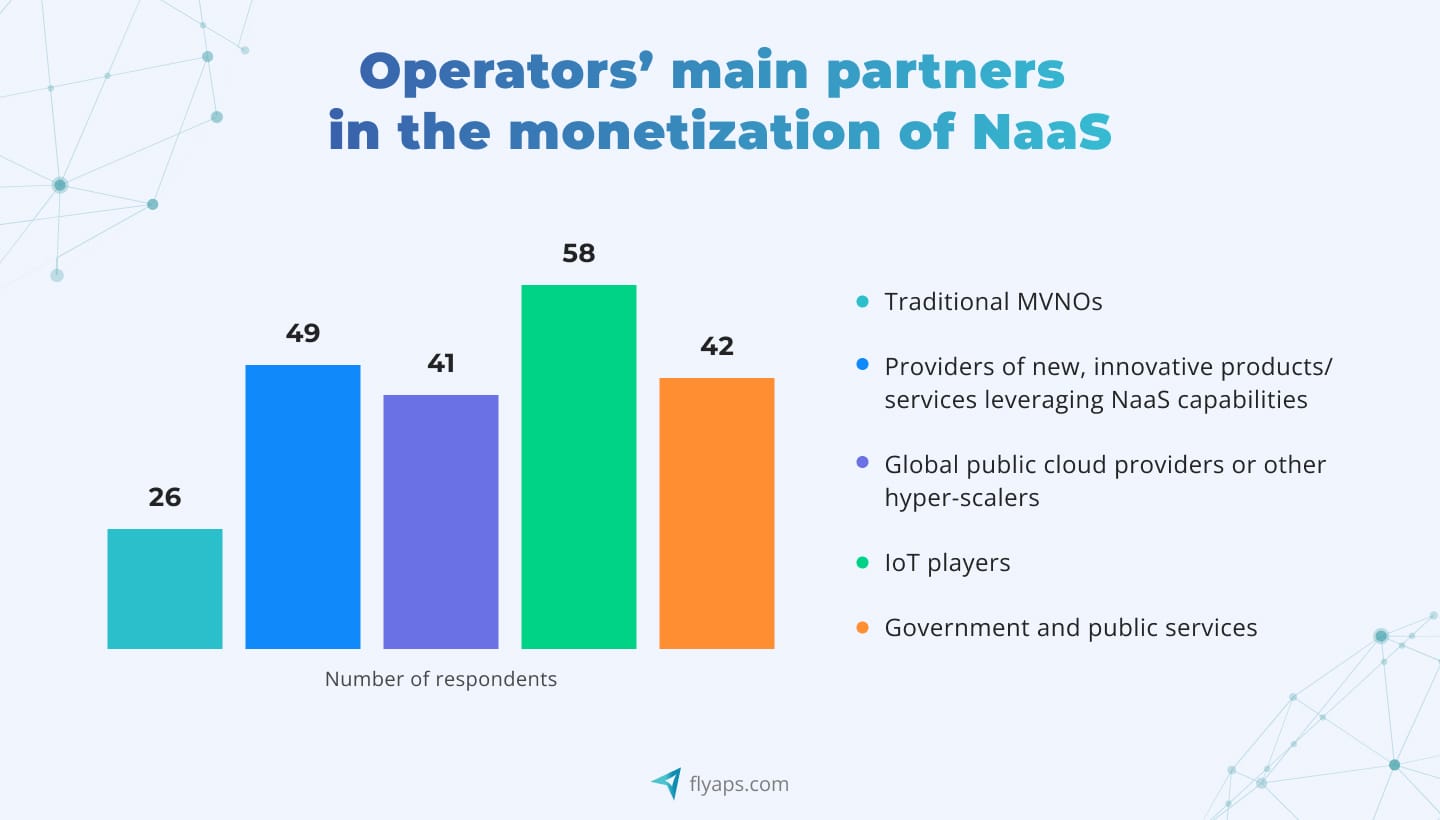
5G, the fifth generation of mobile telecommunications technology, was designed to enhance the speed, capacity, and reliability of wireless network connection compared to previous generations. It reaches peak download speeds of up to 20 Gbps and can handle data volumes up to 1000 times higher than 4G. With its low latency, high speed, and broad bandwidth, 5G becomes a perfect technology for massive deployments of IoT devices.
For instance, customer service for these new NaaS offerings can be efficiently automated through intelligent AI Chatbot systems, which can handle complex queries about network performance and billing.
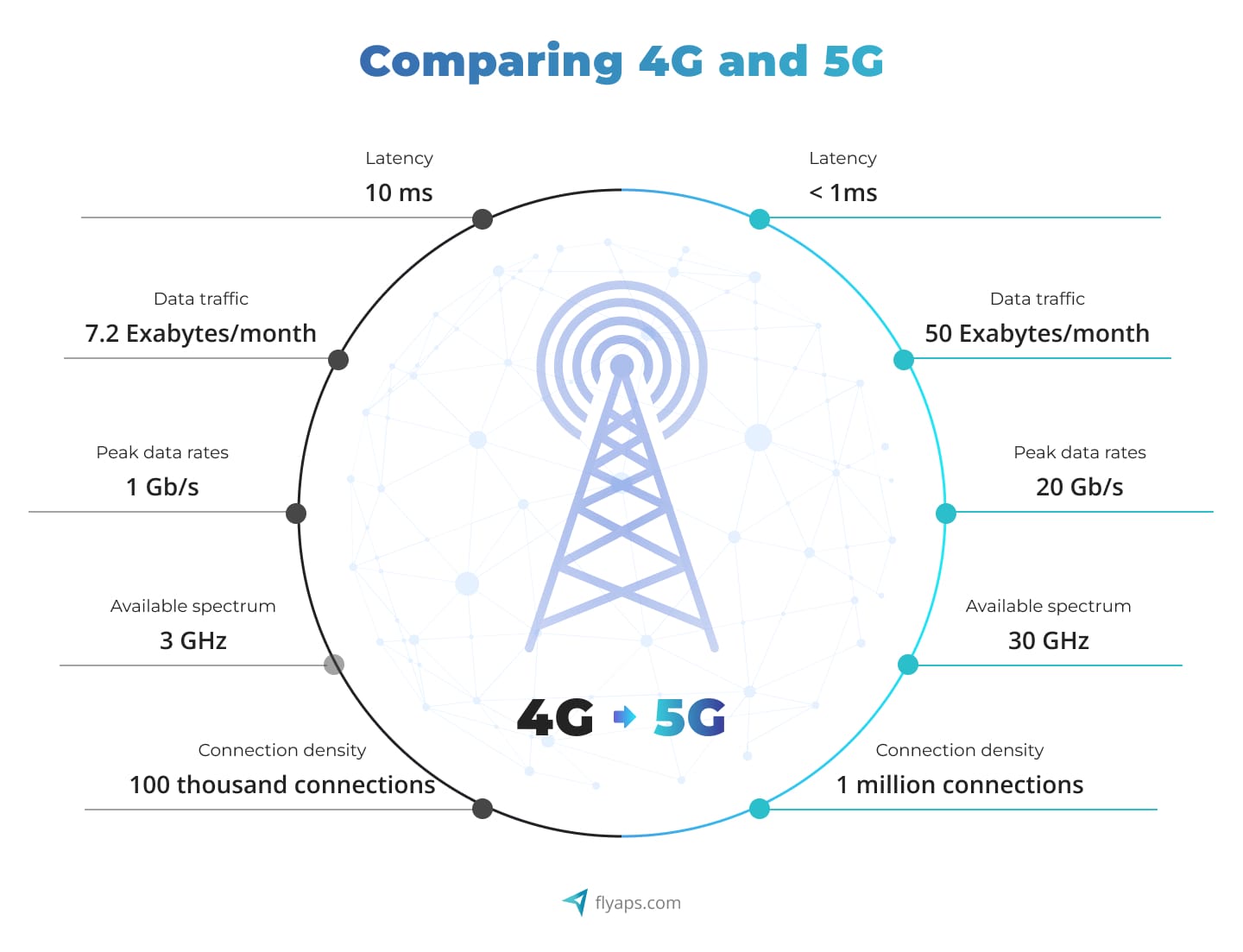
5G also supports network slicing architecture which allows operators to create multiple virtual networks, a.k.a slices, on a single physical 5G network infrastructure. Each slice can be customized to meet the specific needs of different IoT applications. For instance, one slice may be tailored for agricultural IoT applications providing broad coverage and reliable connectivity, while the other – for healthcare devices maintaining high security and data privacy.
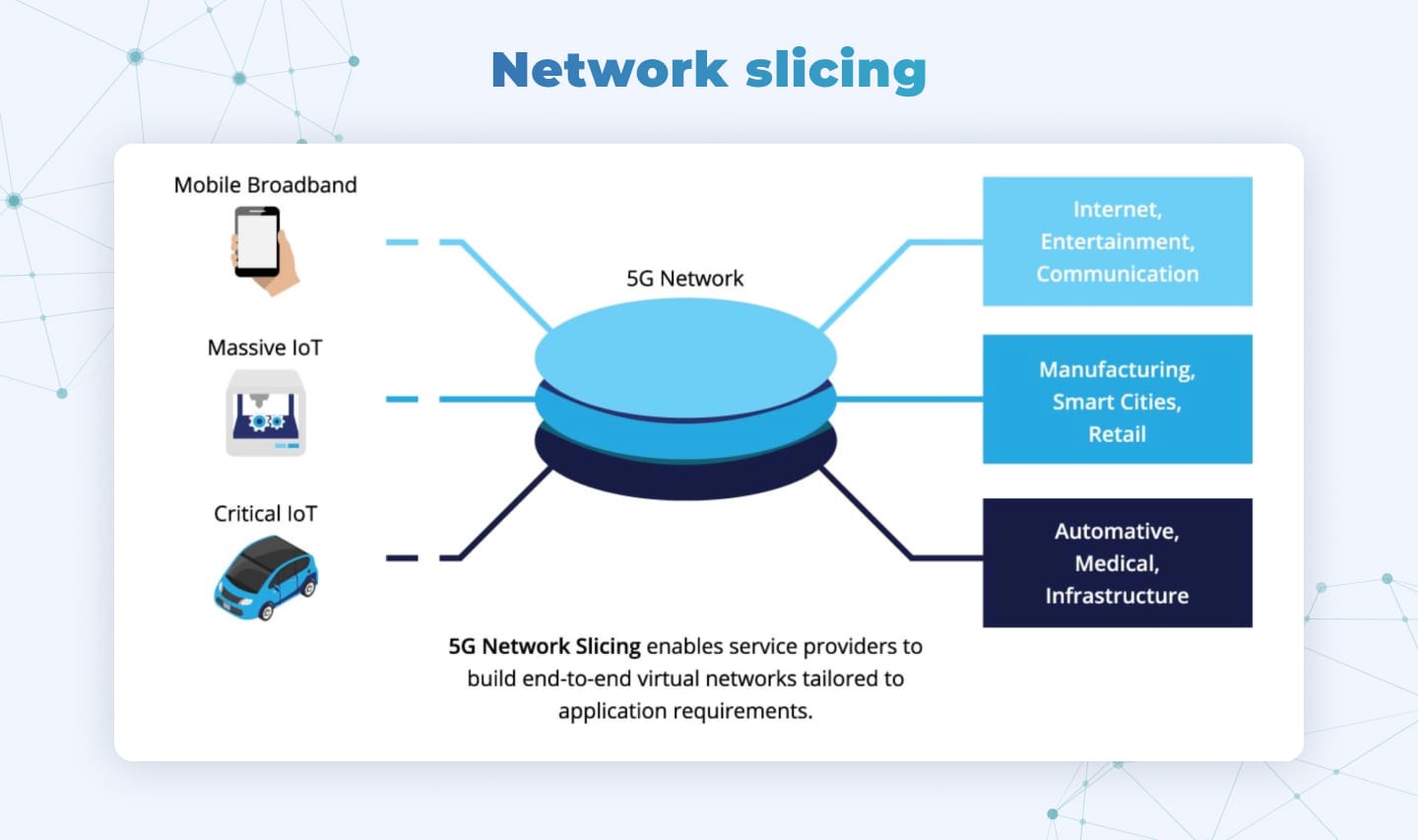
The ability to offer tailored, on-demand services that are fast, stable, and reliable is a major reason why NaaS has emerged as a key monetization model for IoT roaming. However, MNOs face several challenges in capitalizing on these opportunities. Let’s briefly review some of them.
Challenges when monetizing roaming IoT services
Not long ago, mobile IoT devices could operate only within a single network, meaning their connectivity is lost when they move beyond the network’s range. But today, when the number of IoT devices increases and their mobility spans across national borders, roaming has become one of the primary monetization opportunities for any mobile network operator.
But like any revenue generation strategy, earning from IoT roaming is not easy. Here are the obstacles you’ll have to overcome when implementing permanent roaming services for IoT devices.

Lack of standardization
Different IoT devices and networks often use their own unique protocols and standards So in the case of global IoT deployments or when MNOs try to set up a unified, global IoT roaming solution, they run into interoperability issues because not all devices can easily communicate with each other and the network.
For a better understanding, imagine a global fleet of connected vehicles equipped with IoT devices for tracking and monitoring. These vehicles might use different communication protocols or network standards depending on the region or network operator. When integrating these diverse systems, MNOs must navigate varying technical specifications and communication protocols, as well as permanent roaming restrictions. This task is far from simple and might cost you more than you initially expected.
Regulatory and security concerns
Just like IoT devices use different communication protocols, countries and regions have their own regulations and compliance standards for these devices, as well as different roaming agreements. Meeting all these requirements can be a real headache – what’s allowed in one place might be restricted or handled differently somewhere else.
For instance, let’s take a company that produces smart agricultural sensors. These sensors might need to adhere to specific data privacy rules in one country, while in another, they have to follow environmental impact guidelines. As a result, mobile network operators need more time and specialized expertise to adapt to diverse regulations across various markets, which are, besides all this, constantly changing.
Scalability issues
When discussing scalability in the context of IoT roaming, we need to consider factors like interoperability and regulatory compliance as well. Scaling a global IoT solution means integrating devices and systems across various regions, each with its own standards and compliance regulations.
As the number of devices grows, so does the demand for network infrastructure. The volume of generated data increases respectively. This can put a strain on existing systems, and requires scalable data management solutions to handle, store, and analyze the data efficiently.
To ensure consistent quality across a wide range of IoT applications, MNOs need to invest in robust network management and support. It helps maintain performance and reliability as the IoT ecosystem expands.
Unfortunately, investing in strong network support is not enough to set up an IoT roaming infrastructure and successfully monetize it. Here are some strategies to help you fully capitalize on the potential of IoT roaming.
Strategies to implement an effective IoT roaming solution
There are a lot of things to focus on when developing an IoT roaming system – advanced billing standards, new service-based models, cutting-edge mobile telecom technology, and AI, just to name a few. It’s up to you what IoT implementation strategy to prioritize, but here are some recommendations on how you can build a profitable IoT roaming infrastructure.

Focus on 5G SA roaming
When deploying 5G roaming devices, MNOs usually face a choice between 5G Standalone (SA) and 5G Non-Standalone (NSA) networks. We recommend focusing on 5G SA, and here’s why.
Unlike the 5G NSA network which uses existing 4G infrastructure to provide 5G services, 5G SA functions independently of existing 4G infrastructure. It uses a new 5G core network, enabling advanced roaming architectures like network slicing and local breakout (LBO) which are critical for IoT use cases.
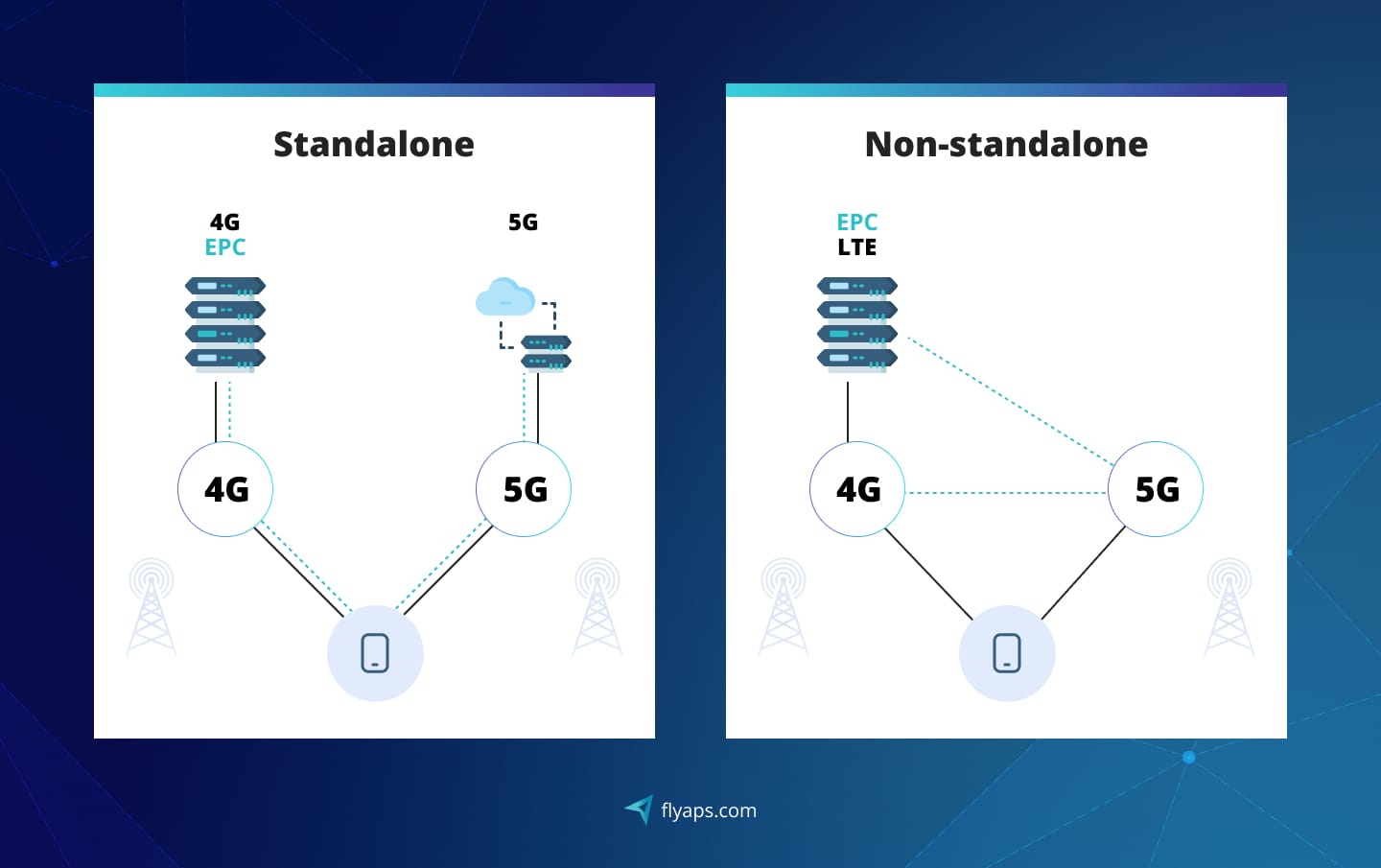
We’ve already discussed network slicing before, so let’s focus on LBO in more detail. This roaming architecture is used when a device is roaming outside its home network. It routes data traffic directly from a visited network to the local networks or cloud services, without sending it back to the home network.

To grasp the idea better, here’s an example. Imagine you have a company that manufactures and deploys smart city infrastructure, such as connected traffic lights, in various cities around the world. As the devices are deployed, they connect to the local mobile network, which supports 5G SA architecture. Instead of sending all the data back to the company’s home servers located in another country, all the data is processed locally, reducing latency and enabling faster responses to changing traffic conditions.
So overall, for setting up IoT roaming infrastructure, telecom operators should choose 5G SA. Its key architectures such as network slicing and LBO help optimize performance for data-heavy apps and ensure fast and reliable communication.
Explore the potential of NaaS model
I mentioned already that NaaS is one of the ways to unlock a new revenue stream for mobile network operators. It’s a cloud-based service model that provides on-demand network services and infrastructure over the Internet. This way, an MNO doesn’t have to invest in physical infrastructure or manage complex hardware as it gets a flexible network solution that meets its current needs.
Apart from additional income, NaaS helps you scale your network infrastructure up or down based on demand without heavy upfront costs. With customized and reliable services, you can also boost customer satisfaction and build long-term loyalty.
Develop connectivity management platforms
A connectivity management platform (CMP) is an application that provides MNOs with capabilities to monitor and manage their IoT devices deployments. In other words, it’s a centralized dashboard that acts as an intermediary between IoT service providers and operators. It simplifies the management of connectivity, billing, and services, and helps MNOs monetize mobile IoT lpwa roaming more effectively.
That’s why when you decide to build an IoT roaming solution, it’s better to invest in CMP. It lets you manage and optimize global IoT connectivity all from one convenient platform.
Modernize your billing system
Billing processes in the telecommunications industry have undergone many changes with technological advancements, but one thing has remained consistent: mobile operators use Transfer Account Procedures (TAP) to exchange billing information for roaming services. Here is how it works in simple words.
When you use your phone abroad, the local network records your usage and converts this information into a TAP file. This file is securely sent to your home network, which processes it to determine your roaming charges. These charges are added to your regular bill. Finally, your home network pays the local network based on pre-agreed rates. Although the procedure is not the simplest one, TAP works well for traditional mobile roaming services, like calls, texts, and data sessions. But it’s too complex and rigid to handle 5G services and mobile IoT apps.
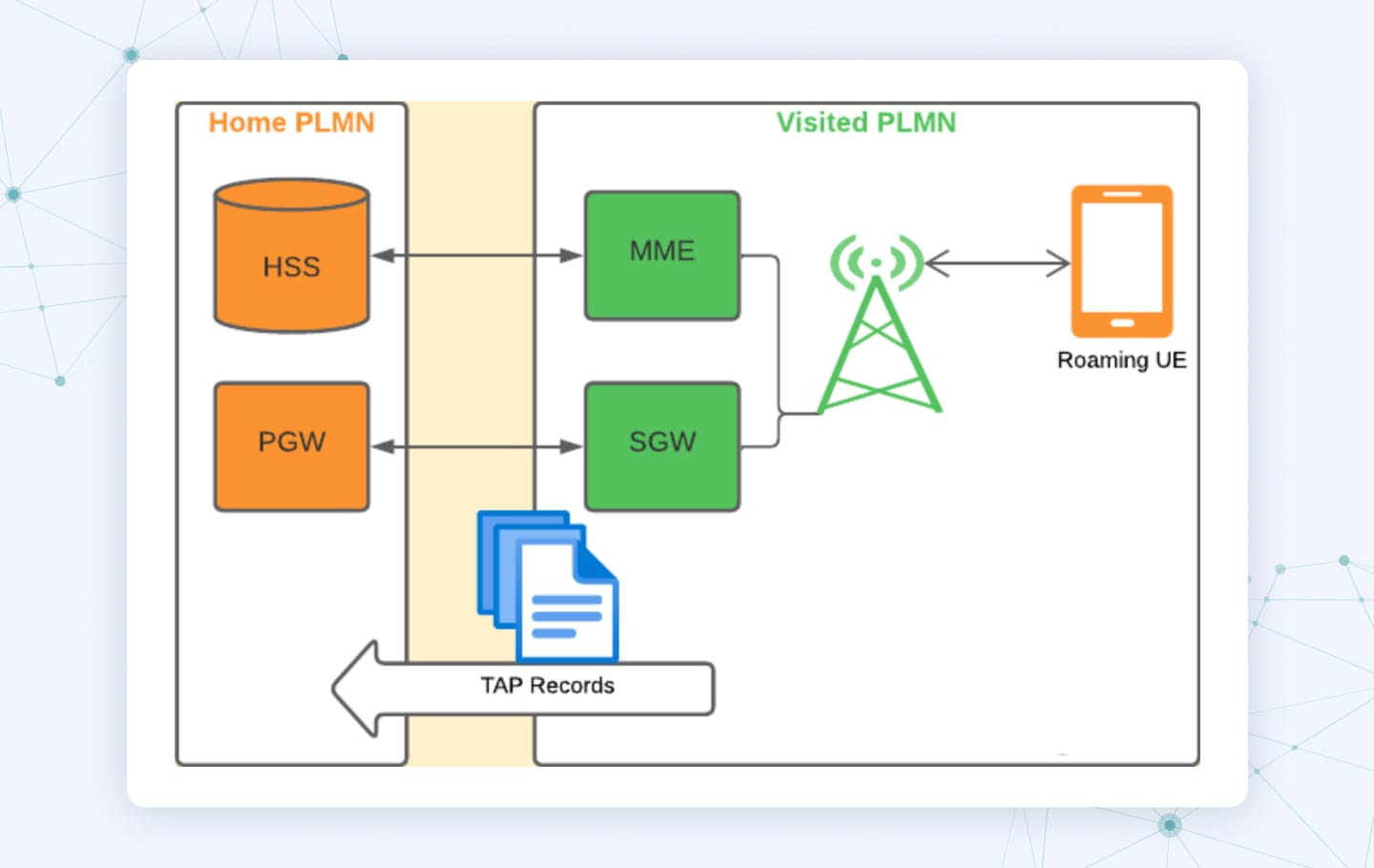
To overcome the limitations of TAP, GSMA developed a new standard technology named Billing and Charging Evolution (BCE). It provides a modern, flexible, and efficient framework to manage wholesale roaming settlement in 5G and IoT industries. Unlike TAP with its fixed daily file exchange, BCE allows operators to settle monthly, quarterly, annually, or as agreed. It also supports various billing models, such as usage-based billing, subscription models, or event-based billing, to accommodate the diverse and dynamic needs of modern IoT devices and 5G services.

While it’s not necessary to switch from TAP to BCE immediately, if you aim to fully leverage the potential of IoT roaming, BCE is the technology designed specifically for this purpose.
Build software to support the IoT business cycle
As a communication service provider working in the IoT industry (or planning to jump into it), you need software to streamline the IoT business cycle. It helps manage device deployment, optimize connectivity, automate billing processes, and more. And one of our case studies proves this.
Flyaps is a company with significant expertise in the telecom industry, so building a multifunctional IoT portal was not a problem for us. Of course, it was challenging as the deadline was tight (three months), but thanks to the deep telecom expertise and strong development capabilities we managed to deliver the project on time. Here is how it was.
One of the world’s leading communications services companies, faced a challenge in managing its IoT operations. The platform they used to manage SIM card distribution, track traffic usage, and bill customers served pretty well but it lacked flexibility on commercial models for billing customers, visual data representation, and reporting functionality. To develop a more robust IoT solution, BT Groups turned to Flyaps for help.
In three months, we built an all-in-one IoT platform that includes four modules:
- SIM card management module
This module offers functionality to register SIM cards in the system, rate them by unique numbers, and distribute among clients.
- Rate plans module
Our team developed a custom rating engine that automatically evaluates all available tariffs and selects the one that best matches the client’s needs.
- Billing module
It automates client invoicing, collects data on traffic usage based on real-time updates, and ensures the correct billing.
- Account management module
Within this module, clients can register, see the invoices and invite other businesses, like their own clients, to manage their B2B processes by using the platform as a white-label solution.
The platform we developed is both a custom tool and a white-label platform that helps our client increase revenue and expand the market reach.
Offer customized pricing plans
When mobile operators offer diverse pricing options, they better serve their customers, namely, mobile IoT providers, and strengthen their market position. For example, there might be tailored plans with different data limits — like a basic plan for occasional users and a premium one for customers who work with heavy data sets.
But balancing customer satisfaction with revenue generation isn’t that simple, so you should carefully research your users. It will help you build tailored plans that match customer needs and, at the same time, provide sustainable revenue streams.
Use AI for traffic segmentation
AI-based segmentation is the process of analyzing and categorizing IoT traffic patterns as devices move across multiple networks and regions. Using AI development platforms, MNOs can build and deploy custom models to optimize network resource allocation, enhance service quality, and tailor roaming plans to meet the specific needs of different IoT traffic segments - though it's worth considering the investment it takes to create such solutions (see how much AI costs to make in 2025).
For example, an MNO manages a large network of connected cars. If the system sees that connected cars use a lot of data during rush hour while smart meters use less data throughout the day, it can adjust network resources and create tailored roaming plans. It helps the operator optimize performance and revenue while providing better service quality to its clients. So, whenever you are looking to grow revenue streams with mobile IoT roaming, mind that there are AI capabilities you can use to improve network performance and personalize service offerings.
When you have effective stragies in place, it’s time to see which industries offer the best IoT opportunities for MNOs. Let’s explore the most notable use cases of implementing IoT roaming across various spheres.
IoT roaming use cases
Here are some of the popular cases where IoT and 5G can open new revenue streams for telecom.
Smart city connectivity
For smart city solution providers like UrbanSim, IoT roaming can enable seamless communication between urban infrastructure, vehicles, and utilities across different regions, creating opportunities for MNOs to offer specialized connectivity solutions.
Cross-border fleet management
IoT roaming allows logistics and transportation companies to monitor and manage vehicles across borders, providing real-time data on location, fuel consumption, and maintenance needs. MNOs can offer packages that cater to these needs.
Healthcare wearables
IoT solutions such as health trackers and medical sensors require reliable roaming network connections for continuous monitoring of patient data, regardless of location. Telecoms can create premium services tailored to healthcare providers.
Industrial IoT roaming
Manufacturers operating across multiple countries need consistent IoT connectivity for machinery and supply chain monitoring. Telecom providers can offer network slicing and low-latency packages for these industrial applications.
Agriculture and environment monitoring
IoT devices used in precision farming or environmental monitoring benefit from IoT roaming to ensure uninterrupted data flow across vast regions, providing MNOs a chance to tap into agriculture technology markets.
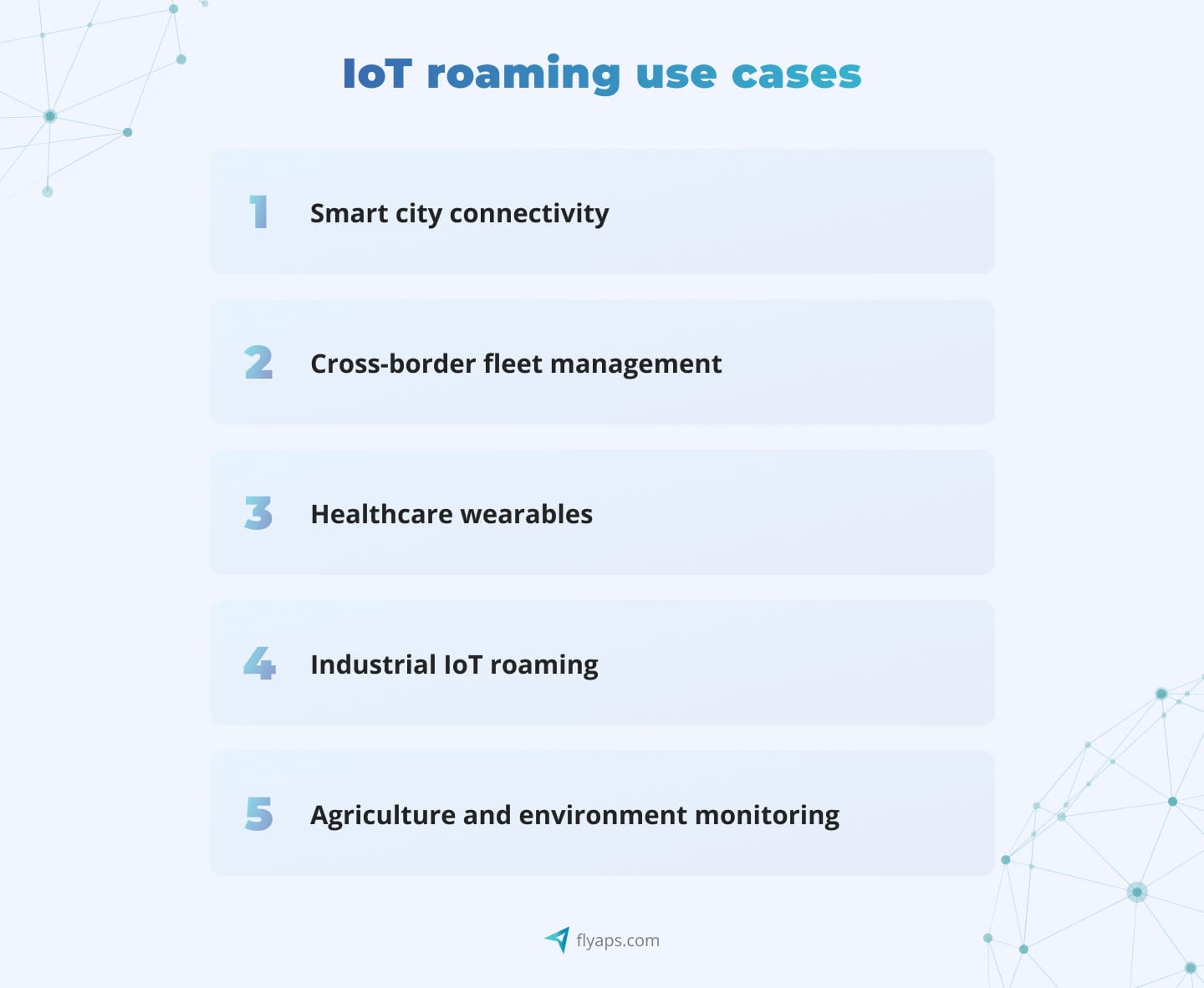
Now that you know about the main strategies for deploying IoT devices and how mobile IoT roaming operators make profit off them, the next to do would be to team up with tech experts to bring your project to life. Flyaps can be a great match for your needs, and here’s why.
Planning to deploy 5G SA roaming and upgrade your infrastructure? Consider Flyaps as your technology partner
Here are some reasons why we believe we’re the right partner for you.
Expertise in telecommunications
After more than 11 years in software development, we’ve worked with many industries, but telecom has always stood out as a key area where we’ve had a lot of success. Flyaps partnered with a leading telecom consulting firm Netspark IP & Telecom to build a custom CRM/ERP solution. It helped our client speed up project delivery and reduce operational costs. We’ve learned a lot from these experiences, and we’re confident we can help you rebuild your infrastructure to meet new challenges.
Proficiency in cloud migration
With a skilled cloud engineering team that successfully works with all of the top providers, we at Flyaps can help you move your infrastructure to the cloud. Our expertise ensures minimal downtime, data integrity, and efficient transition from on-premises systems to cloud-based solutions as it was with Yaana Technologies.
Advanced analytics and AI integration
With a strong background in AI, Flyaps can integrate advanced AI-driven analytics into the IoT roaming traffic. It helps manage and optimize roaming services with greater efficiency and precision.
Furthermore, by leveraging Generative AI, we can create synthetic data models to simulate network traffic patterns and predict future demands, allowing for even more proactive optimization.
Looking for software developers who know industry best practices and have proven experience with cloud and AI? Drop us a line!




